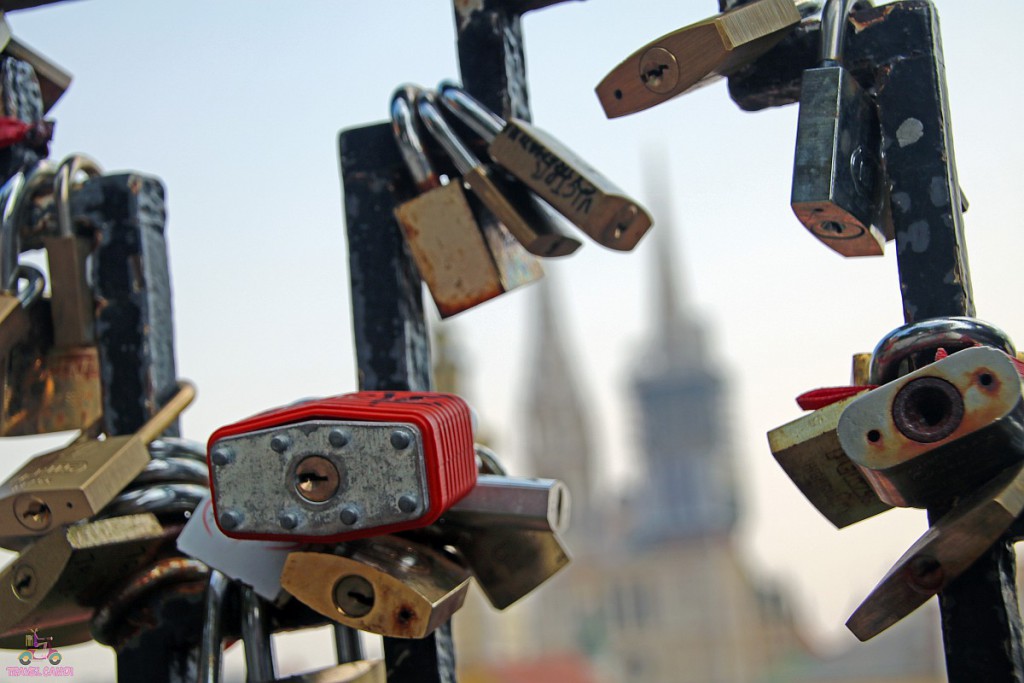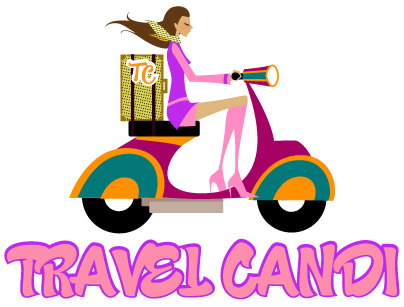Croatia
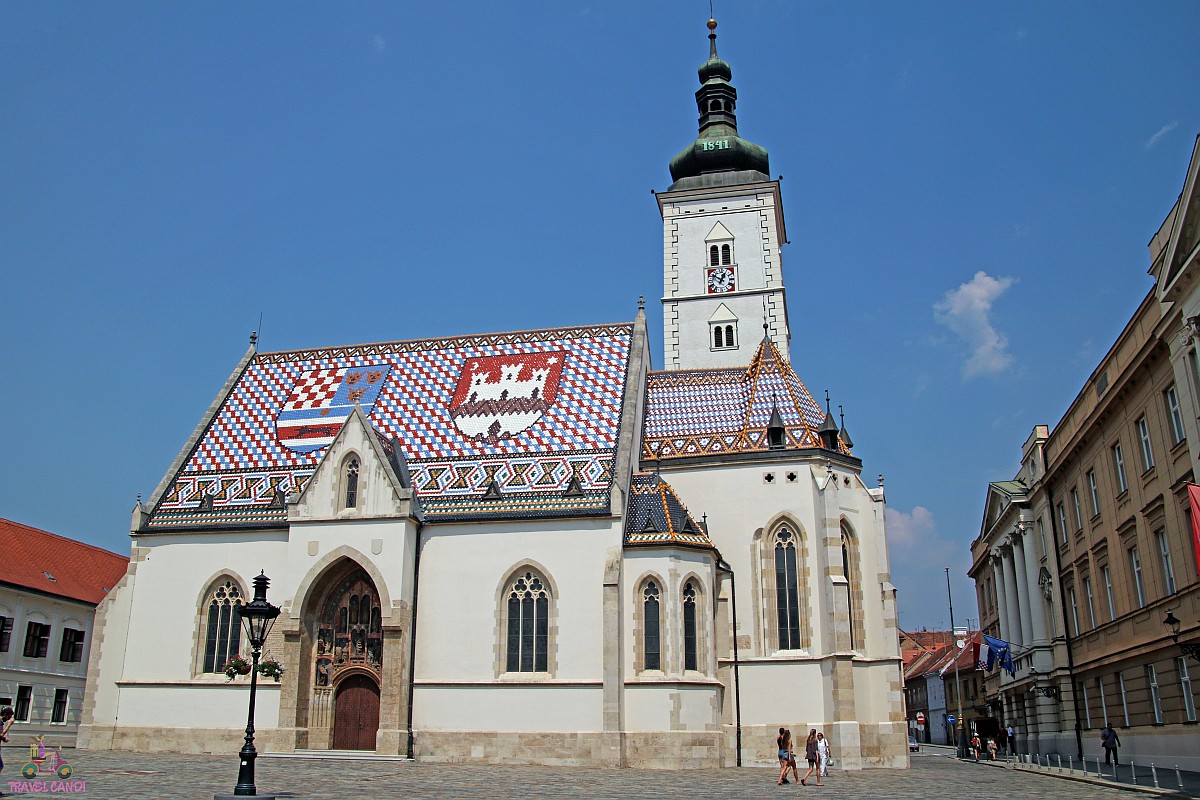
Croatia, dominated by a large and beautiful coastline on the Adriatic Sea, is dotted with medieval castles and Roman ruins. It is home to one of Europe’s largest and most beautiful national parks, Plitvice Lakes, and some Europe’s most intact ancient Roman architecture. Since Croatia joined the European Union, it has experienced a massive surge in tourism, making it not the cheap destination it once was, but even so, Croatia is a bargain compared to its Western European neighbors.
Getting There And Around
Many international passengers arrive to Croatia via Dubrovnik, Split and Zagreb airports. Visas are not required for visitors from Australia, Canada, EU, New Zealand or the United States. Croatia is not a member of Schengen (a group of European countries that have abolished border controls), but it is a member of the European Union.
Zagreb connects Croatia to many other European cities, but often rail travel is long and time consuming. For example, a train ride from Paris can take upwards of 18 hours! It is best to drive or fly into Croatia.
Some people choose to drive into Croatia from neighboring countries, and roads in Croatia are good and direct. Croatia is not a member of Schengen, so have your passport and other information ready at its borders.
Buses remain the best way to travel cheaply while moving around internally within Croatia. The northern part of the country is really well connected with rail lines; however, the southern part of the country is not. Driving around the country allows for the best flexibility, but car rental in Croatia is abnormally expensive. Buses in Croatia are affordable, quick, and comfortable. Bus companies in Croatia also offer routes for travel to Croatia’s neighboring countries, Bosnia and Herzegovina, Hungary, Montenegro, Serbia, and Slovenia. Bus Croatia is my favorite site to find bus information and tickets.
Money
Although a member of the European Union, Croatia has not yet transitioned to the use of the euro as its official currency; instead, the country still uses the Croatian kuna (HRK). The Croatian kuna is subdivided into 100 lipa. Coins range from 1-50 lipa and 1,2 and 5 kuna. Different sized, colorful banknotes range from 10-1,000 kuna. Rarely used are the 1-2 lipa coins and the 500 and 1,000 kuna banknotes.
Language
The official language spoken in Croatia is Croation. It is extremely similar to the languages spoken in other former Yugoslavian countries.
Hello – Dobar dan
Thank You – Hvala
Yes – Da / No – Ne
Doctor – Liječnika
Water – Voda
Beer – Pivo
Housing
It is wise to note that some addresses of accommodations will have a BB next to the street name. BB means “bez broja” (without number), and this is a common occurrence in the older areas of Croatia. Don’t be afraid to ask a local if you are having a hard time locating your accommodation.
The price of accommodations in Croatia varies considerably with time of year and location. The biggest differences in housing are in the coastal and touristy areas; prices in the inland areas of the country remain relatively stable. Winters on the Adriatic coast tend to be very mild, which makes sightseeing during this time very enjoyable. Prices for accommodations may be up to fifty percent cheaper during the winter than in peak season.
Hotels in Croatia almost always include breakfast, while private accommodations do not. Even without having breakfast included, private accommodations are still the best bargain in Croatia. Depending on the season, the price of a private apartment in the city center can be as low as 150 HRK.
Food
“Jedi, jedi, jedi!” Translated to “eat, eat, eat,” this is a phrase I commonly heard from Croatians I befriended while I was visiting the country. The cuisine in Croatia is innovative and exciting and varies by region, but grilling is popular throughout the country. Popular dishes, however, can be found all over the country with local variations. Jota (Istrian stew), ražnijći (skewers), ribliji paprika (fish-stuffed peppers), and kulen (sausages) are popular Croatian dishes. Pasta is frequently used in Croatia cooking, especially in Dalmatia. My favorite dish in Croatia is the makaruni otoka Korčule, a creamy pasta dish with vegetables from the island of Kočule. After your meal, you may be served some traditional rakija (homemade flavored brandy). Živjeli!
Croatia is also home to some incredible wines, particularly whites. This country has been producing wine for thousands of years, and many traditional grape varieties still exist here. Malvasia Istarska is on the of the most refreshing and delicious white wines I have ever enjoyed. A bottle of local wine paired with unique and tasty Croatian cheese makes for the perfect evening.
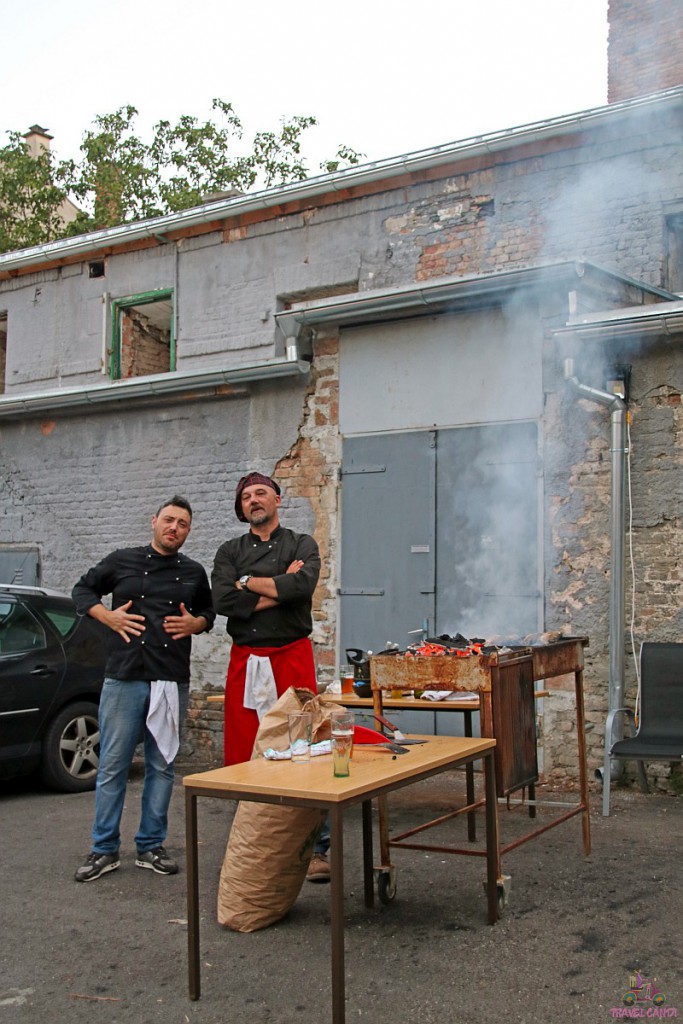
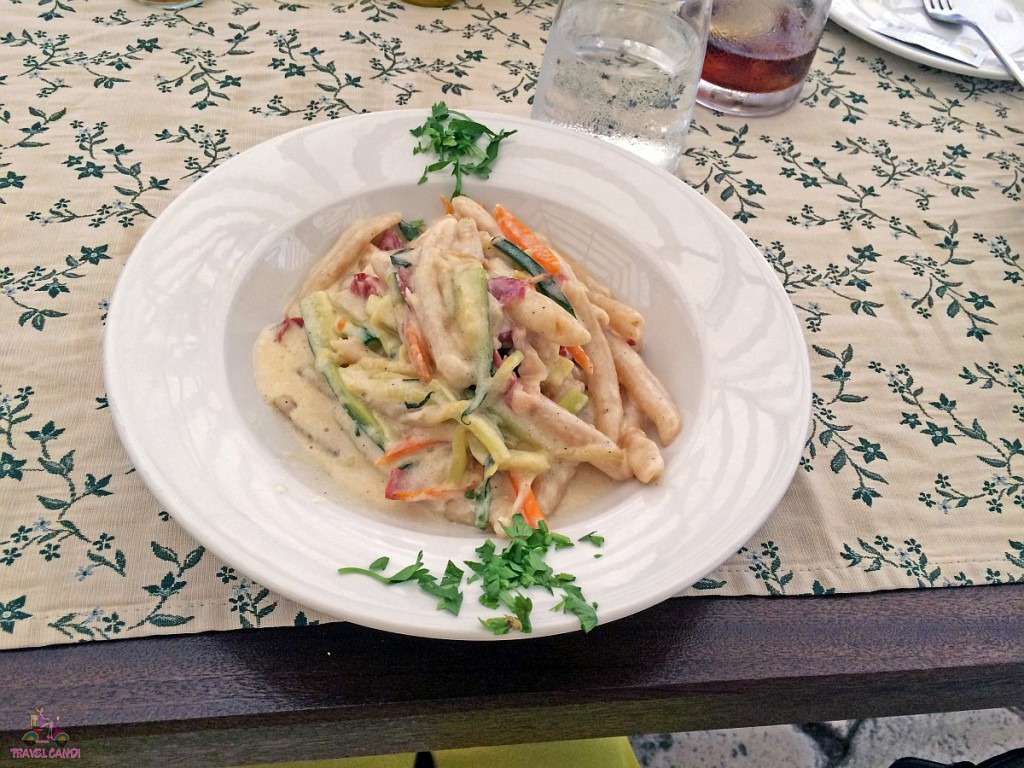
Save Cash
It is important to bear in mind that Croatia is no longer the cheap destination it once was. Traveling to Croatia during the off-season is the best way to save money on your trip. July and August are the most expensive months to visit the country while January and February are the best bargain months. Dubrovnik, Hvar and Split are the most expensive cities in Croatia to visit. Avoiding these destinations and hitting locations like Karlovac and Pag will offer cheaper prices.
Croatians have been renting out private rooms and apartments long before AirBnb was developed. Private rooms and apartments will provide you with more space, save you money and you will have a large selection to choose from. Private accommodations are definitely the way to go when staying in Croatia.
Eating local dishes (minus the pricey seafood) at less-touristy restaurants is much less expensive.
The bus system in Croatia is affordable, reliable and fast. Taking public transportation is the best option when traveling within Croatia, regardless of your budget.
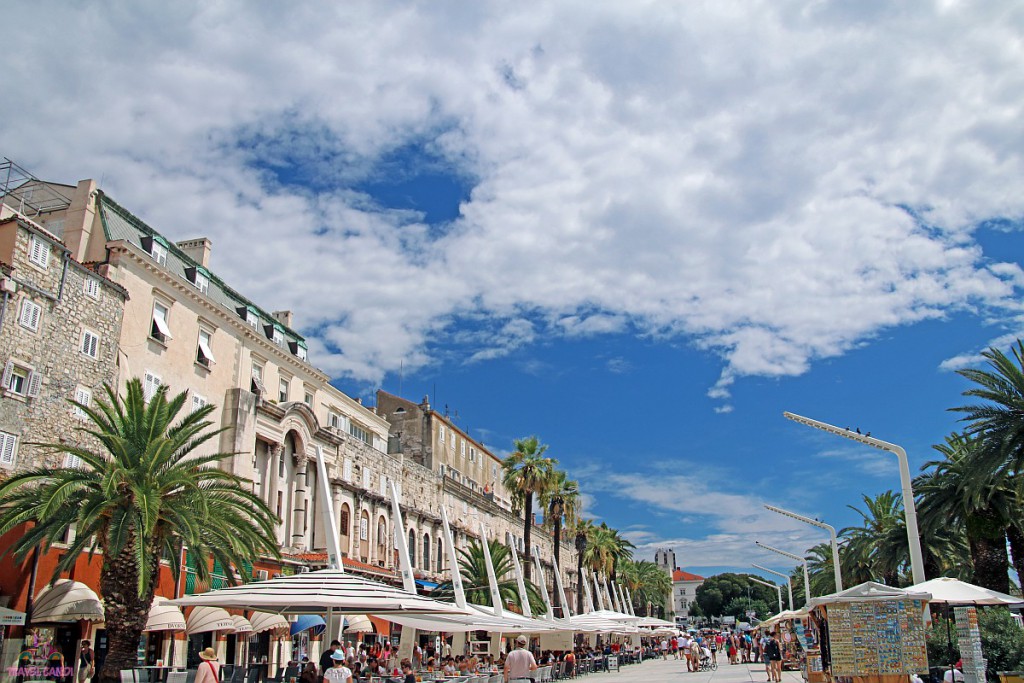
Stay Fit
Located between Istria and Kvarner, Učka Mountain is a great place for some excellent trekking in pristine natural surroundings. Take advantage and explore one (or more) of the numerous breathtaking national parks that Croatia has to offer visitors.
Stay Connected
Wi-Fi is available nearly everywhere in the touristy areas of Croatia. Most accommodations (even private ones), restaurants, bars, and cafes offer the service free of charge for customers.
Prepaid SIM cards are available for purchase from Croatia’s local mobile carriers. Rates are reasonable and the mobile services are efficient.
Croatia uses the 220V, two-prong type-C/F standard European electrical outlets.
